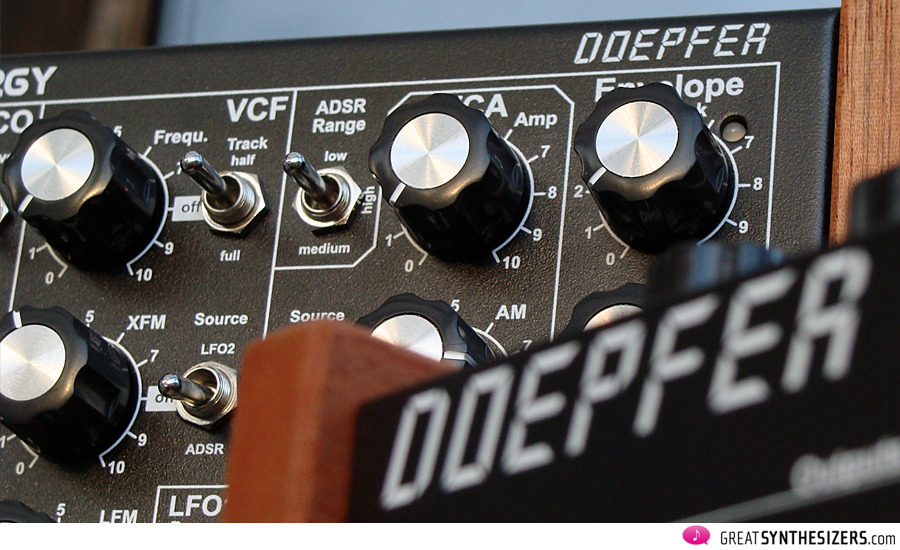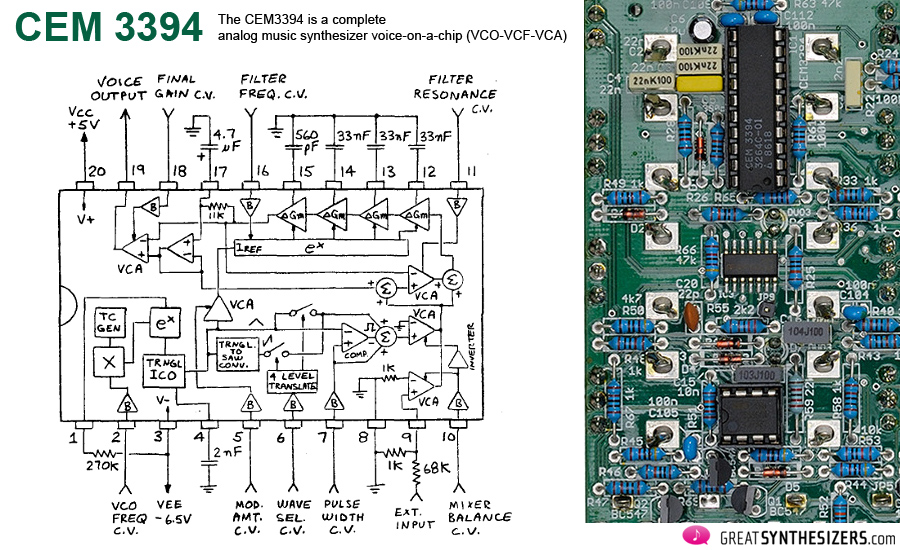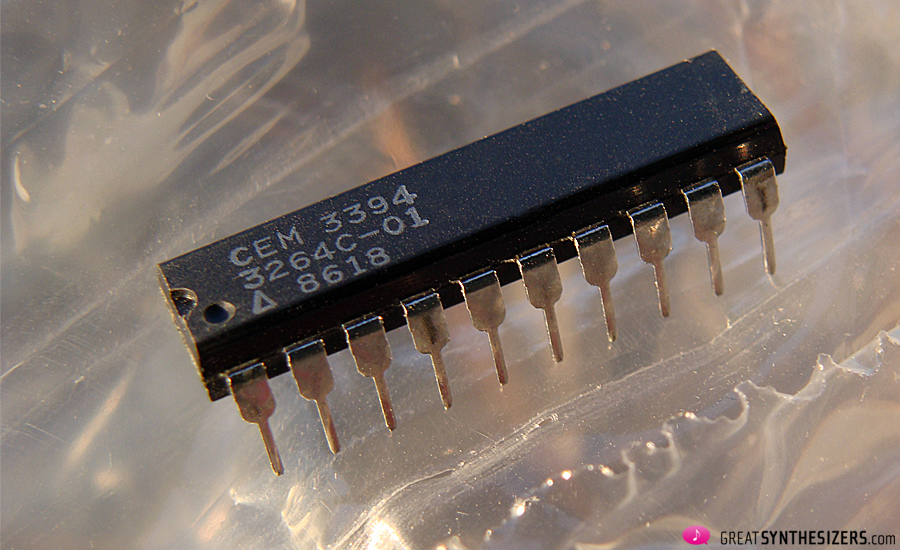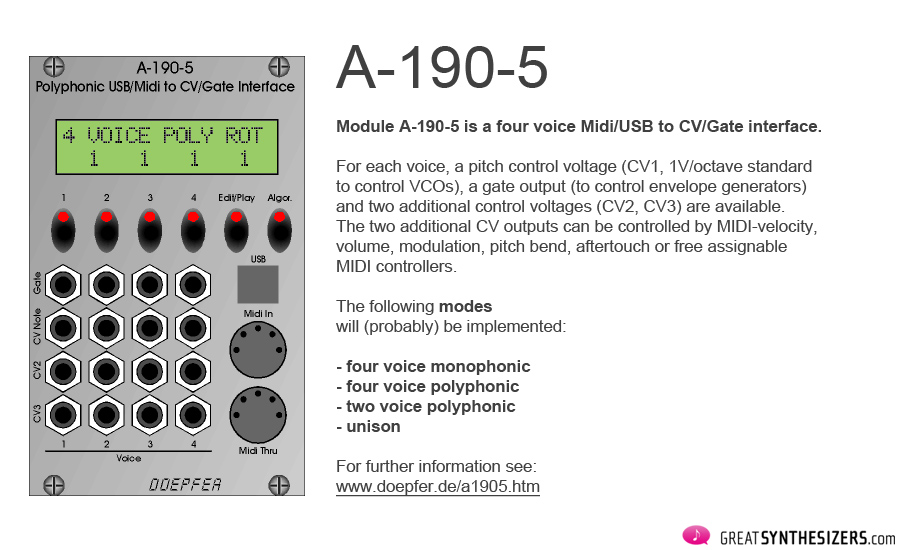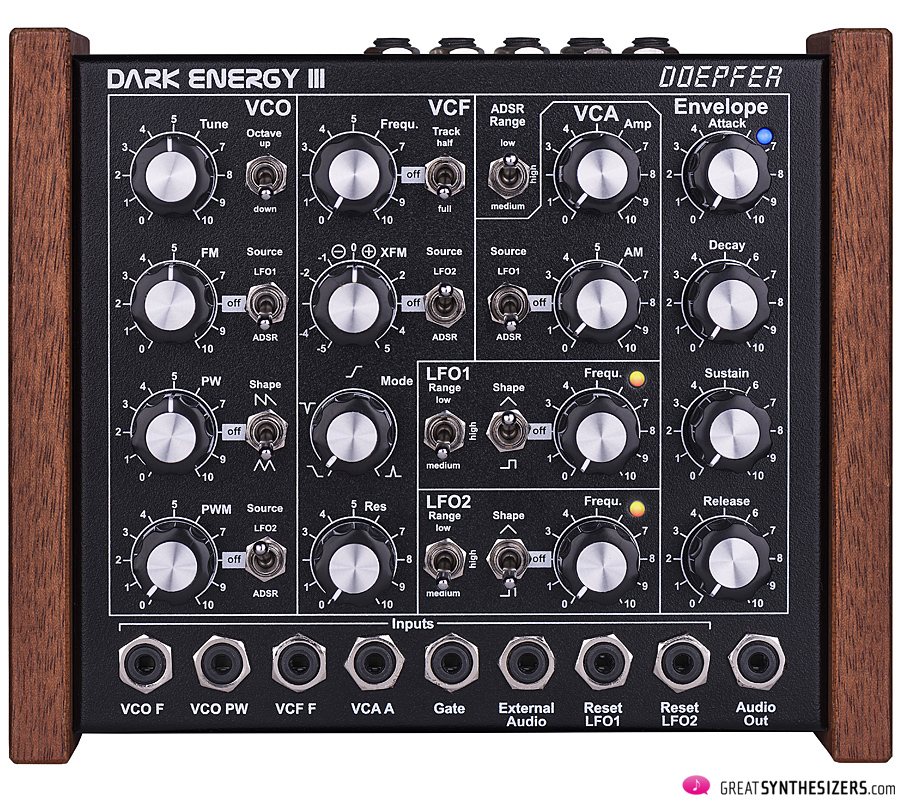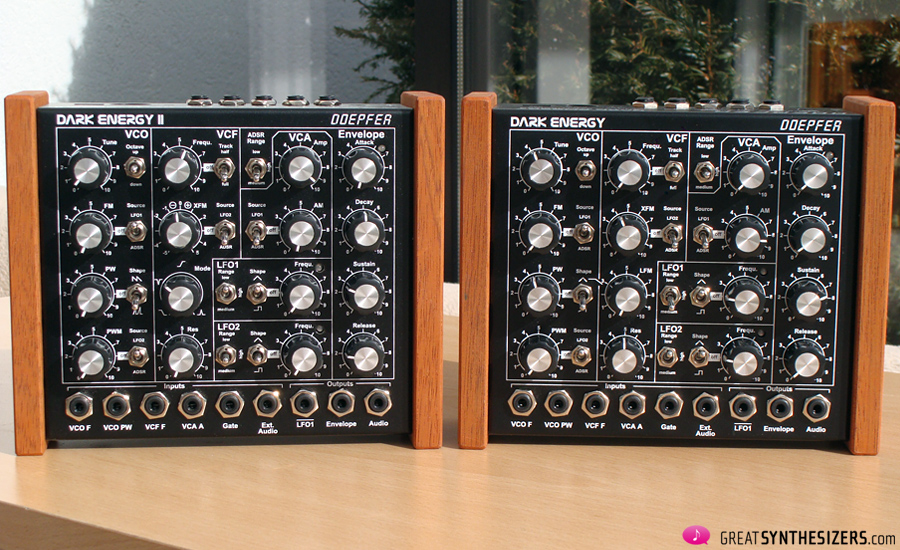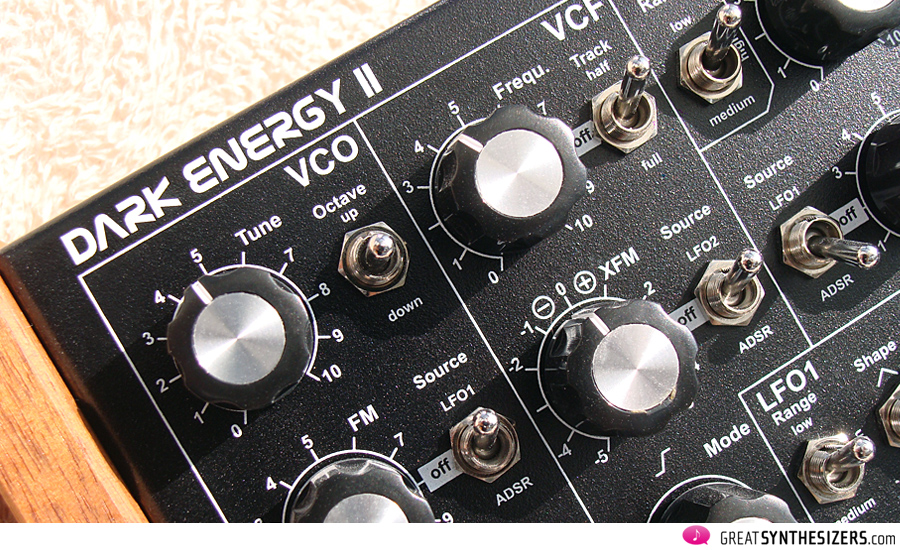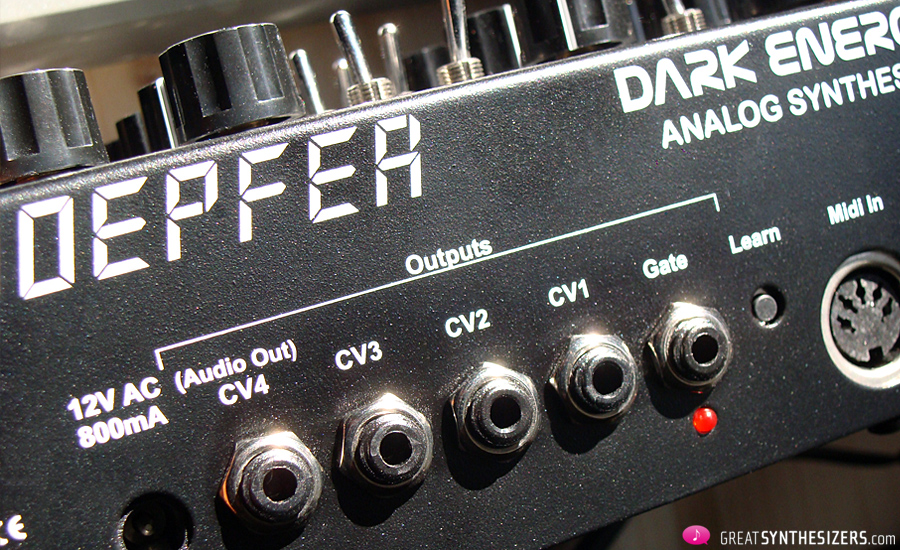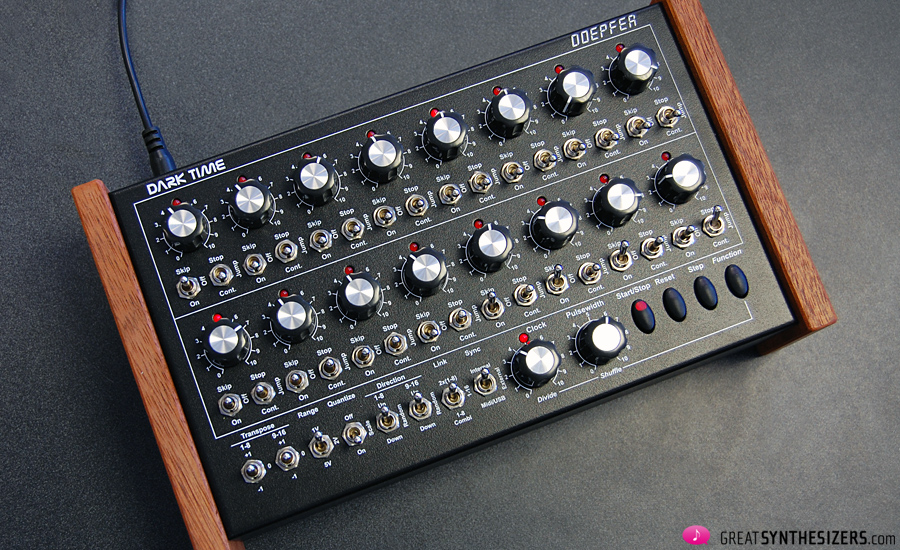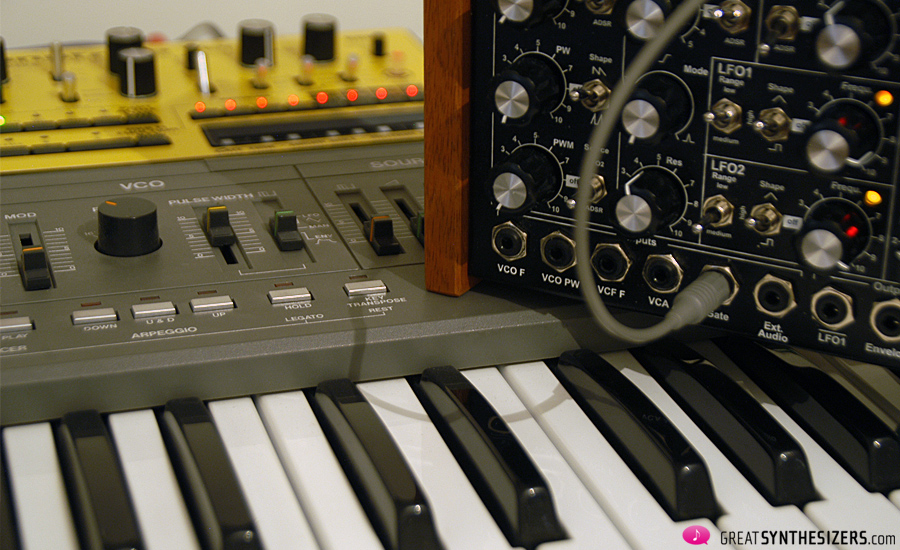“Forbidding Powers” – that sounds like a Hollywood spectacle. Russel Crowe with a leading part, maybe Tom Cruise (assuming he survived “War Of The Worlds”), and Angelina Jolie, beautiful actress and political activist in one.
Gigantic space ships hovering over the capitols of the world, threatening aggressors on the horizon, the goal the destruction of the planet. And after those first unavoidable losses the ralley to the call! Humanity is no push-over. And, yes, we can be assured of this: the good old USA will save the world. All’s well that ends well.
Now, reality outside of Universal Studios is maybe a little less dramatic. The Forbidding Powers are in reality small, square and not at all threatening, having been developed and brought to life in Gräfelfing near Munich. Elegantly, subtley they take posession of us, releasing artistic energies and contributing more to world’s peace than any apocalypse. So the name denotes not so much some sinister goals as its effects on the user: DARK ENERGY.
A little about DOEPFER synthesizers
If you’d like to know more about Doepfer, just refer to our Interview with Dieter Doepfer – you’ll find out all about the company, how it developed and how business with the 3 HE modular system A-100 is booming.
A very special aspect of the Doepfer story is devoted to synthesizers. Synths in the sense of stand-alone units. An area not necessarily immediately connected with the Doepfer company. Some will be surprised that Doepfer was a pioneer there, too. The …
MS-404
was developed way back in 1994. This analog MIDI rackmount synthesizer with its 15 knobs, 6 switches and 4 LEDs was a surprising success on the market much of which was due to its snappy TB-303 sound character. It’s logical: the name MS-404 was not chosen by chance. To this day, this 1 HE synth is in use in countless studios, blending in well with the silver Doepfer line built around the MAQ-16/3 step sequencer, the Schrittmacher trigger sequencer, etc.
Photo (c) drehdenknob.cc – a web-project about the Roland TB-303 and its various clones …
The MS-404 was produced from 1994 ’til 2000. In the meantime, the A-100 modular system has become a real money maker. So it only seemed logical that the compact mono synth concept à la MS-404 should also be fitted to that handy 3HE size. Voilà: the …
A-111-5 Mini Synthesizer Voice
was born. Looking at its sound archicture (VCO-VCF-VCA-ADSR and Dual-LFO), the Mini Synthesizer Voice is almost identical to the MS-404. But all those discrete circuits couldn’t possibly have fit into the new, svelte modular 3HE. But it all does fit, due to the creativity of Dieter Doepfer’s former companion Doug Curtis. The CEM 3394 is a complete synthesizer voice on one chip the size of half of your thumb (complete, with the exception of the envelopes). A small work of art to which we have already devoted the Sequential Six-Trak test report.
This synthesizer chip has been responsible for a whole series of polyphonic synths and also for some drumcomputers over the last 30 years:
- Akai AX60: 6x CEM3394
- Akai AX73: 6x CEM3394
- Akai VX90: 6x CEM3394
- Doepfer A-111-5 Mini Synthesizer Voice: 1x CEM3394
- Doepfer DARK ENERGY: 1x CEM3394
- Sequential MAX: 6x CEM3394
- Sequential Six-Trax: 6x CEM3394
- Sequential Multi-Trak: 6x CEM3394
- Sequential Split8: 8x CEM3394
- Simmons SDS9/SDS1000: 3x CEM3394
- Simmons SDS800/SDS400: 4x CEM3394
- Simmons SDS200: 2x CEM 3394
Back to the A-111-5 Mini Synthesizer Voice. In contrast to the MS-404 (which had MIDI and CV/Gate outputs), this synth module – having been designed as an interactive element of the A-100 modular system – is equipped with a small arsenal of CV/Gate in- and outputs. But despite its compactness and functionality, the Mini Synthesizer Voice had only modest success.
“First, there was the A-111-5 (Mini Synthesizer Voice). I admit I was disappointed with the low demand. That probably has to do with the idea of a real modular synth, where you want to have everything modular (VCO, VCF, VCA, ADSR, etc.) separated as individual modules.” (Dieter Doepfer)
If not one way, then another. Dieter Doepfer didn’t hesitate to develop a new variation of that tried-and-true mono synth concept.
“So I’ve come up with a stand-alone version (Dark Energy!). And what do you know: we’ve sold almost 20 times as many Dark Energies as the original A-111-5 Mini Synthesizer Voice, although the sound architecture of the two instruments is 100% the same.”
(Dieter Doepfer)
One reason for the only modest success of the A-111-5 Mini Synthesizer Voice may have been the delayed development of the polyphonic MIDI-module of the A-100 series. The latter allows for effortless construction of a quasi FOUR VOICE in A-100 format with the help of 4 Mini Synthesizer Voices (just to name one example). To be exact, this polyphonic MIDI Module A-190-5 is just now – in the Spring of 2014 – coming onto the market. The module is now equipped not only with MIDI, but also with USB.
Back to the new stand-alone model of the A-111-5 Mini Synthesizer Voice, the …
DARK ENERGY
A black surface, silver knobs, beautiful wooden side panels – DARK ENERGY was designed in vintage style, which has been an important factor in the success of the instrument up to now. Similarities with the Minimoog cannot be overlooked, and what looks good is destined to sound even better!
As with the A-111-5 Mini Synthesizer Voice, DARK ENERGY features:
- 1 VCO (basic waveform: triangle) – waveforms: triangle, sawtooth and pulse including pulsewidth modulation (PWM)
- 1 VCF (24 dB lowpass filter) – exponential and linear frequency modulation;
VCO can be used as modulation source - 1 VCA (with gain/hold function and ADSR amount knob)
- 1 ADSR (modes: low-medium-high)
- 2 LFOS (waveforms triangle and rectangular; speed: low-medium-high)
- USB port. MIDI IN (linked to gate-out and 4 cv-outputs – so the Dark Energy acts as MIDI-CV-interface)
- Various CV/GATE in- and outputs
Even if DARK ENERGY is a direct descendent of the MS-404 with almost identical sound architecture, the truth is, DARK ENERGY constitutes a huge step forward. The many modulation possibilities and all those CV-connections turn it into a far more versatile instrument. An analog synth that does not only fit into a MIDI setup, but feels just at home in any modular synth environment (idealy in combination with an analog step sequencer).
To get an idea of the great sound potential of the CEM 3394, take a “hear” at the sound files “DARK ENERGY I” below.
The fact of the matter is, DARK ENERGY was an even bigger success than its granddaddy MS-404. So of course Dieter Doepfer was really happy about the way sales had gone up. But a few years after release a new problem came up. The number of CEM 3394 chips for production was so high that the supply was just windling down to nothing. Meaning that there came a moment in that very productive phase of DARK ENERGY when its heart – CEM 3394 – stopped.
“I had tried to convince the successor company (OnCHip) of the unfortunaly so early deceased Doug Curtis to produce some more CEM3394 chips. But the technical problems that arose – with modern machines and today’s chip-structure – were such that the IC just couldn’t be exactly replicated. It would have required a complete chip-redesign, costing more money than we were able to invest.” (Dieter Doepfer)
Dieter Doepfer – not a man to hesitate – rolled up his shirt sleeves and got back to work to build a synth successor for the DARK ENERGY I.
Since the original concept had been successful, the new DARK ENERGY II had to only differ in a few aspects. The real challenge was to recreate all those CEM 3394 circuits – divided into little packages – and fit them onto the already fully packed electronic boards.
“Basically speaking, it was no problem to create substitutes for the VCO – VCF – VCA of the CEM 3394. But the small amount of room available inside the DARK ENERGY gave us a few headaches. […] So we did have to make a lot of changes on the circuit boards and a piggyback-SMD-board was necessary to fit everything on. […] Unfortunately, the great CEM VCO temperature regulator couldn’t be discretely fitted into the available space. So we added a little VCO heater, something which requires time to heat up and which keeps the VCO in tune.” (Dieter Doepfer)
There’s absolutely no difference in appearance between the …
DARK ENERGY II
and its predecessor. But a closer look reveals that the newer product has undergone some designer grooming.
DARK ENERGY II features:
- 1 VCO (basic waveform: sawtooth) – waveforms: normal / inverted sawtooth and pulse including pulsewidth modulation (PWM)
- 1 VCF (12 dB multimode filter) – lowpass, notch, highpass and bandpass
- VCF modes continuously variable, modulation can be posivite or negative, no direct VCO-to-VCF routing (unlike DARK ENERGY I)
- 1 VCA (with gain/hold function and ADSR amount knob)
- 1 ADSR (modes: low-medium-high)
- 2 LFOs (waveforms triangle and rectangular; speed: low-medium-high)
- USB port, MIDI IN (linked to gate-out and 4 cv-outputs – so the Dark Energy acts as MIDI-CV-interface)
- Various CV/GATE in- and outputs
DARK ENERGY III
This is an enhanced version of the DARK ENERGY II, with minimal alterations only. It was released mid of 2018.
The main differences (in comparison with DARK ENERGY II) are:
- VCO has in addition the triangle waveform available
- no heat-up period of the VCO
- minimum of eight octaves perfect 1V/octave tracking of the VCO
- separate reset inputs for the two LFOs
- improved ADSR
- access to additional functions via pin headers inside the unit for DIY modifications (e.g. linear FM, hard sync, soft sync, LFO outputs, ADSR output, all VCO waveforms, all filter outputs)
The filter is the same as the DARK ENERGY II and all other – not mentioned functions – are the same compared to DARK ENERGY II. Main target group for the DARK ENERGY III might be the modular scene / DIY fraction. “Pimp your Doepfer” is the new slogan …
Back to its predecessor. Public reactions to the DARK ENERGY II (available from 2012 to 2018) have been varied. While some customers highly praise the new flexible multimode filter, others hear differences in basic sound between the two models (well … the filters are different, who wonders). And possibly there’s a touch of vintage mysticism – as far as sound quality is concerned – which plays a role here (“Isn’t the older model of any synth line always better?”).
We won’t comment on this. Fact is, we tested these instruments in reverse order: DARK ENERGY II (III) followed by DARK ENERGY I. And the new model (especially its colorful filter sound!) is a joy. As is also the overall sound of the older model. So we’re actually comparing apples with pears and the question is if that makes any sense. What the title below (“DARK ENERGY I versus DARK ENERGY II (III)”) really demonstrates is the diverse strengths of each.
A decision for DARK ENERGY I or for DARK ENERGY II (or for both) is a matter of personal taste, a decision each musician will want to make for himself.
DARK ENERGY I versus DARK ENERGY II (III)
VCO
Basic waveform of DARK ENERGY I is triangle, whereas basic waveform of DARK ENERGY II is sawtooth. Creating subtle sounds seems easier on DARK ENERGY I – triangle simply sounds more mellow. But the instrument compensates with its powerful 24dB lowpass filter. With the DARK ENERGY II, it’s vice-versa. You get a stronger VCO basis (sawtooth), but a more flexible 12dB multimode filter – which provides an appropriate balance since it allows creation of subtle sounds of its own.
Both instruments thus have matching (“coherent”) oscillators in view of their respective overall concepts. We cannot have a clear preference here …
A note to the VCO of DARK ENERGY I:
“[…] it offers a very rare LINEAR modulation of filter frequency from the VCO. I do not know of any filter module that provides this feature. It’s a real highlight of Dark Energy I, but sadly a rather unknown highlight, used only by very few users. If you set the VCF on full tracking (which means the VCF follows the VCO), you get a linear modulation filter FM sound that can be played in a regular musical way without any unexpected “atonal” behaviour. […] You don’t get that with exponential filter-FM. Maybe, one day, I’ll build a filter with linear FM. But the time has not yet come, as hardly any user asks for it. […]”
(Dieter Doepfer)
A note to the VCO of DARK ENERGY II (III):
DARK ENERGY II (III) needs about 30 minutes warm-up time (while its predecessor DARK ENERGY I is more or less immediately “ready to go” after powering up).
Another aspect about tuning the instrument: there is a small internal screw that allows for perfect adjustment of the VCO “scaling”! Something you really need in case the intonation of your DARK ENERGY (I or II / III) is not perfect, let’s say, if it changes over the years.
VCF
It’s obvious that DARK ENERGY I and DARK ENERGY II (III) differ on this point. You’ve got a 24dB low pass filter on the one side (DE I) and a 12dB multimode filter on the other (DE II).
The CEM filter on DARK ENERGY I has the tensed muscles of a 24dB filter design, strong analog sounds for sure. And there’s the rare LINEAR filter frequency modulation possibility too, as Dieter Doepfer told us before.
DARK ENERGY II (III) uses a no less powerful 12dB multimode filter, with a variety of modes to play with: lowpass, notch, highpass, bandpass. These modes are continuously variable, and each of them sounds superb!
At this point we would go for DARK ENERGY II (III). Its lowpass filter mode is quite strong, but the overall filter design means its far more flexible, allowing for heaps of wonderful filter sweeps and smooth morphings from one filter type to the other.
ADSR
The envelopes of DARK ENERGY I and DARK ENERGY II (III) behave identical. You can set them to low / medium / high mode in order to fit them exactly to your musical needs. This is well-intentioned, but we would have preferred a more simple 2-position mode (low / high). Often, sequencer-/arpeggio-sounds are located at the crossroads between medium and high! Switching from one area to another on the run is practically impossible without interrupting the musical process. That is our personal experience …
LFOs
The 2 LFOs are the big plus of this whole synthesizer concept. As with the envelope, there’s no real difference here between DARK ENERGY I and DARK ENERGY II (III). There’s triangle and rectangle waveform, and the range of each LFO can be switched from low to medium to high – from a period in the range of one cycle per minute to about 5 kHz. You easily get soft vibrato sounds as well as extreme (ring-mod-like) effect sounds.
Moreover – and this makes the LFO section again a little more flexible – the inverted signal of LFO 1 is available in the patch area. Thus, for example, the VCO could be positively modulated (internally) and at the same time the VCF negatively modulated (via patch cable running from LFO 1 neg out to VCF CV in).
PS: there’s an internal jumper to set the inverted LFO 1 output back to its regular non-inverted mode … should you not need the negative modulation option at all.
How the Forbidding Powers take control of our lives
It’s time for a confession. It took longer than we had planned to find an intutive approach to the instruments. That probably had a lot to do with the size of the DARK ENERGY synthesizers. One fast twirl of the filter frequency knob can result in a complete change of the oscillator pitch located on the left. So tweak with care! Jammin’ on a DARK ENERGY is something you have to practise.
But everything in its own time. In the end, you reap those rewards – as can be heard in the 40 minutes of audio samples added. DARK ENERGY I and DARK ENERGY II (III) are superb instruments suitable for many types of electronic music. Well, for music of all kinds, mind you, because a DARK ENERGY is good for more than naked bass lines or stunning lead sounds. Experimental stuff, subtle shading, the unexpected … despite its small size, the musical horizons that open up before you seem endless. So press the PLAY button now and get your first impressions of the sound potential of the two Forbidding Powers.
In our opinion the DARK ENERGY strengths are the following:
- a strong VCO (for powerful analog sounds)
- weird filter FM creations
- linear filter FM (DARK ENERGY I only)
- continuous filter modes (DARK ENERGY II / III)
- exciting overtone performance of the filters
- wide-range LFOs (for all kinds of effect sounds)
- percussive sequencer /arpeggio patterns
- massive drum/percussion sounds
With the help of a regular multi-track recording system it’s possible to create complex, versatile compositions with just one DARK ENERGY. The Forbidding Powers may be small, but they are effective just the same …
Some practical advice …
Not only the DARK ENERGY as a whole but all its individual functions are versatile. Let’s talk about a few things we haven’t discussed before. There’s MIDI as well as USB and cv/gate. Flexibility in every situation, so to speak. In addition, DARK ENERGY I and DARK ENERGY II (III) offer a 4-channel MIDI-CV interface and there’s an internal arpeggiator (with MIDI clock synchronisation) … even if it’s only accessible via MIDI.
You can link together various DARK ENERGIES via STACK mode, in case you want more than one instrument (or if you need polyphony).
And then there’s other gear to supplement the Forbidding Powers. Take DARK TIME, for example …
DARK TIME is a compact analog step-sequencer styled along the same lines as DARK ENERGY. It is a very useful addition to the mono-synth and it brings back memories of the Korg MS-10 and SQ-10 package of 1978: now as then a perfect duo for that little electronic studio at home.
And since the DARK TIME sequencer has 2 separate cv/gate channels, it is possible to control 2 DARK ENERGIES at the same time (a combination that Dieter Doepfer likes to demonstrate at the various fairs).
Whether the triumvirate DARK ENERGY I – DARK TIME – DARK ENERGY II is an absolute have-to-have, is another question. But this little combination is certainly very attractive, as far as its musical possibilities and also concerning its looks.
The forbidding and not so forbidding sides
of Forbidding Powers
DARK ENERGY I and DARK ENERGY II (III) are high quality analog synths that – despite their small size – cover an unexpectedly broad spectrum of your musical needs. Unexpected, on the other hand, is also the unusually long time necessary to get acquainted with the instrument (at least from our point of view). We advise those wanting to take full advantage of all the little niceties to plan in some extra time to really get to know the instruments. Your reward will be a breadth and refinement of musical expression that is totally new. It’s worth it!
You will detemine from the attached sound files that it’s difficult to feel a preference for DARK ENERGY I or DARK ENERGY II (III). The instruments are meant to complement rather than substitute for each other. Despite this, we would prefer – if we had to make a decision – the DARK ENERGY II (III), because of its more flexible 12dB multimode filter design. But we admit that that’s just a matter of taste.
Let you ears decide …
Here a little advance information to some of the additional instruments used in the following sound files. The cute Roland SH-101 served as simple cv/gate master keyboard to control the DARK ENERGY. And the classic RS-200 step sequencer from Analogue Systems is responsible for most of the bubbling patterns and filter modulations.
Beside DARK ENERGY I and DARK ENERGY II you hear the following instruments:
- Yamaha CP-70B Electric Grand Piano (“Piano Phase 1/2”)
- John Bowen Solaris (pad sound in “Piano Phase 1”)
- Korg EPS-1 (strings in “Massive Filter Sweeps”)
- Korg Monotribe (drums)
As said before, we used Rolands SH-101 as masterkeyboard and for sequencing. ALL analog sounds derive from DARK ENERGY I and DARK ENERGY II (III).
Soundfiles such as “Thick 3 VCOs” or “Filter Sweeps” were produced with ONE instrument only, doing some simple multi-track recording (overdubbing).
If you’re looking for a definite sound comparison, try soundfiles “LowPass Filter Resonance” which can be heard twice, once with DARK ENERGY I and once with DARK ENERGY II (III).
Happy Hearing!
Doepfer Dark Energy I
Monophonic Analog Synthesizer
2009 – 2012, no longer available
Doepfer Dark Energy II
Monophonic Analog Synthesizer
2012 – 2018, no longer available
Doepfer Dark Energy III
Monophonic Analog Synthesizer
2018 – 2022, no longer available
Doepfer Dark Time
Analog Step-Sequencer
(MIDI and CV/Gate)
Price (01/2023):
480 Euros (red LEDs)
500 Euros (blue + white LEDs)
Website Manufacturer:
www.doepfer.de

